By Editorial Board December 27, 2014
AMID AN electoral backlash against high taxes in Maryland, anti-smoking advocates have abandoned a campaign to raise the state-imposed levy on cigarettes. Politically, that makes perfect sense. As public-health policy, it is foolish.
A new study by Maryland’s Department of Health and Mental Hygiene shows that the state’s drop in teen smoking rates, already steep following three sharp tax increases since 1999 on a pack of cigarettes, has continued in the past few years.
The rate of cigarette smoking among underage youth in the state has fallen from 23 percent in 2000 to just 11 percent last year. Since 2008, when the per-pack levy was doubled, to $2, smoking among high school youth has fallen by about a third; according to the state study, for the first time, slightly more teenagers now smoke cigars than smoke cigarettes.
Adult smoking has also fallen by about a fifth since 2000. Smoking among both youth and adults in Maryland is considerably below the national average, which is about 16 percent for youth and 18 percent for adults.
No doubt, the anti-tax mood in Maryland was central to Republican Larry Hogan’s upset victory in November’s gubernatorial election. That sentiment notwithstanding, the smoking numbers are a strong argument for leaving in place the state’s relatively high levies on tobacco products, which are not just a revenue source but also a means of saving lives.
According to the state study, hospital admissions to treat tobacco-related cancers in Maryland have fallen by 11 percent from 2000 to 2011, saving more than $102 million in hospital charges in 2011 alone.
The state study also showed a strong link between youth smoking and other forms of substance abuse. Minors who smoked were three times more likely than non-smokers to have used alcohol in the past 30 days, five times more likely to have used marijuana, six times more likely to have used other illegal drugs, and nine times more likely to have used — or, more likely, abused — prescription drugs.
It’s no coincidence that states that have been loath to offend the tobacco or anti-tax lobbies by raising the tax on cigarettes have significantly higher smoking rates. As we’ve noted before, a case in point is Virginia, where the per-pack levy is among the lowest in the nation, the price of a pack of cigarettes is $2 lower than in Maryland and the smoking rate is much higher. For continuing to bow before the throne of King Tobacco, the Old Dominion will pay a price in the public health of its citizens.
As smoking rates nationally have fallen, the use of e-cigarettes among high school-age youth appears to be rising. That’s a worrying trend, given that e-cigarettes also contain nicotine, which is highly addictive, and could promote the use of cigarettes and other harmful substances.
You don’t have to be enamored of the nanny state to recognize that tobacco use, especially cigarette smoking, correlates directly with lung cancer and other diseases and is a major threat to public health. Nor is there any serious doubt that tax increases have played a critical role in cutting cigarette use, especially among price-sensitive teens.
If Mr. Hogan intends to cut taxes, as he has promised, the tobacco tax is one he’d be well advised to leave intact.
Last modified: January 5, 2015

